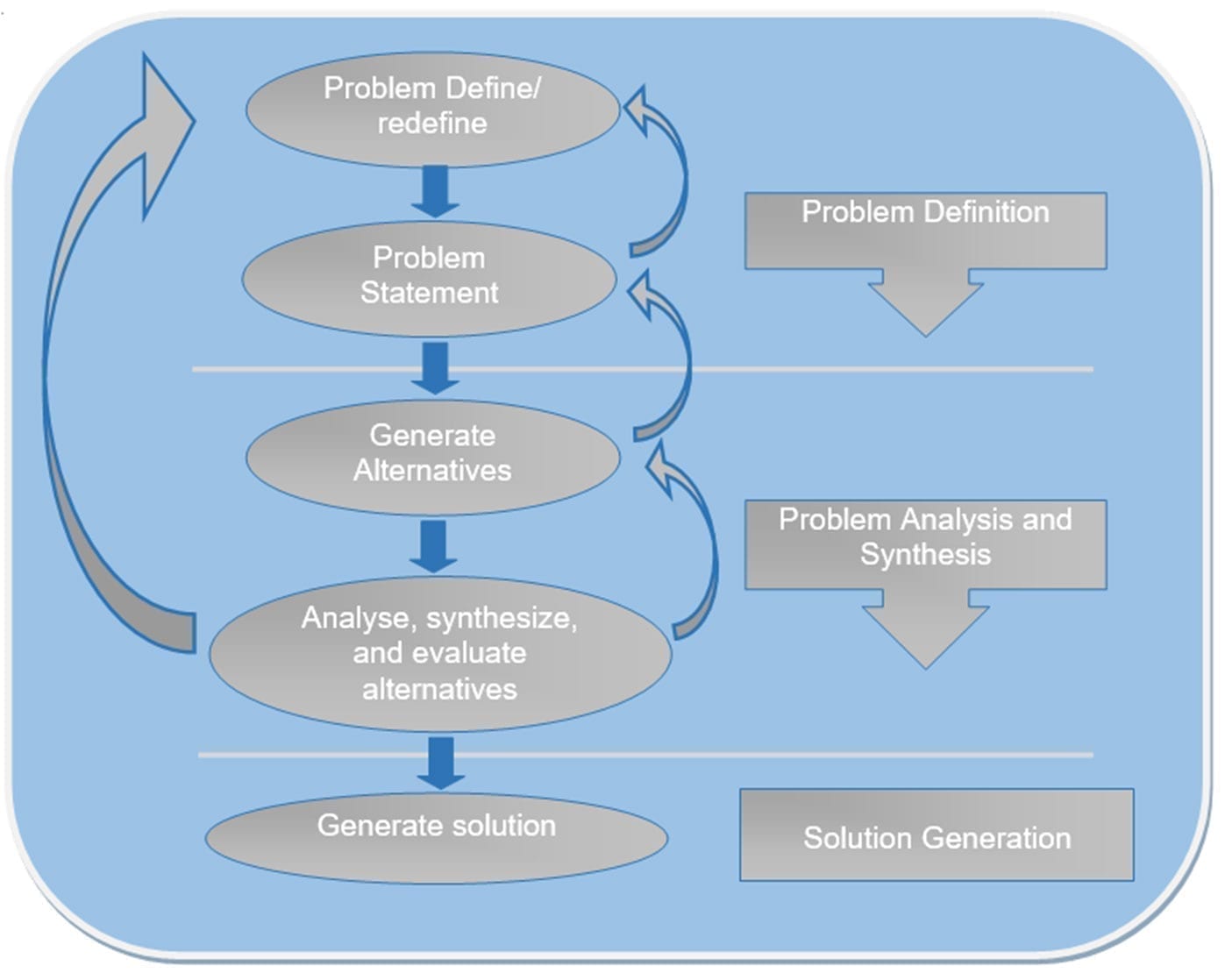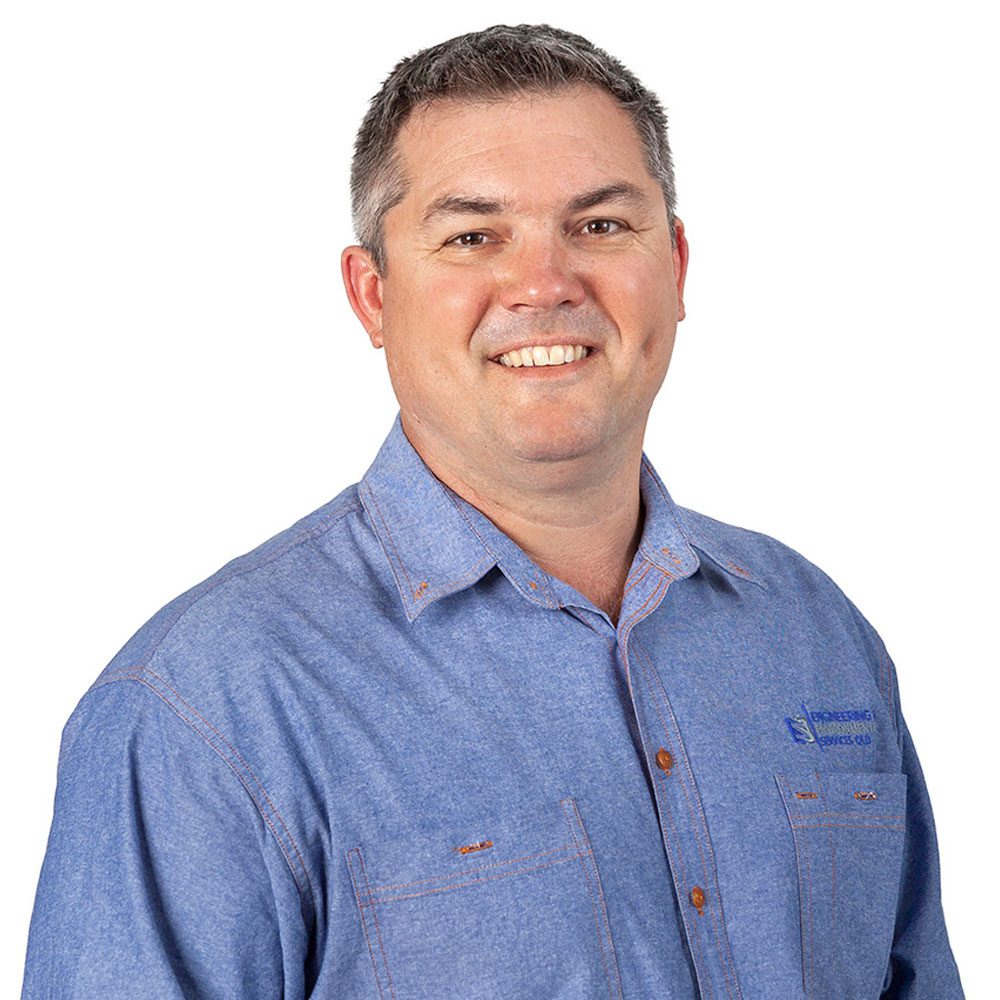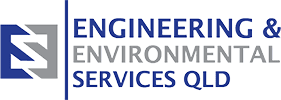Problem Solving - Analysis “Breaking Down” or Synthesis “Building Up”
By Andrew Mitchell
In the engineering world, once a well-defined problem is achieved (link to Insight -‘Problem Solving –Only when the problem is clear, can you frame a solution’), it is more likely a well-developed path exists to a producing a sustainable and effective solution. Here, let’s look at the process of getting to a sustainable and effective solution.
Analysis – If the whole and one or more of its parts are known, then the task is to find the remaining parts by breaking down the whole, using the known parts.
The analysis process starts by taking the problem statements and breaking them down into smaller components. Each component is then studied separately to improve understanding of the whole problem. The smaller components are solved one by one and brainstorming performed over each one. Feasibility checks are performed to assess feasibility and viability of solutions, those that do not stack up are excluded from the set of solutions.
Analysis is based on the concept of reductionism. However understanding of a possible solution cannot be developed by analysis alone, synthesis is required following analysis.
Synthesis – If the whole is unknown, then the task is to build it up from its known parts
The synthesis process then takes the smaller component solutions and reviews them with the problem statement. We start with the big entity, the problem statement, and end up with a bigger entity, the solution. Even if the whole is known, synthesis should be conducted on the smaller components to ensure they collectively stack up against the defined problem.

Analysis + Synthesis = Design Engineering
Analysis and synthesis are two fundamental tasks in the design engineering process. We generally start with reductionism, breaking the problem statement down into smaller components. Each component is analysed for smaller solutions which are then put together to form a coherent final solution that has not digressed from the problem statement.
- For the next steps see (Problem Solving – Solution Generation)
- For the previous steps see (Problem Solving – Only when the problem is clear, can you frame a solution)
I hope you enjoyed this insight, aimed at sharing lessons learnt from an engineering and project management career in the resource industry.

Andrew Mitchell is Principal Engineer at Engineering & Environmental Services. He designs, engineers, and delivers projects in the resource industry aimed at maximising your business benefits.
Subscribe for our Updates


